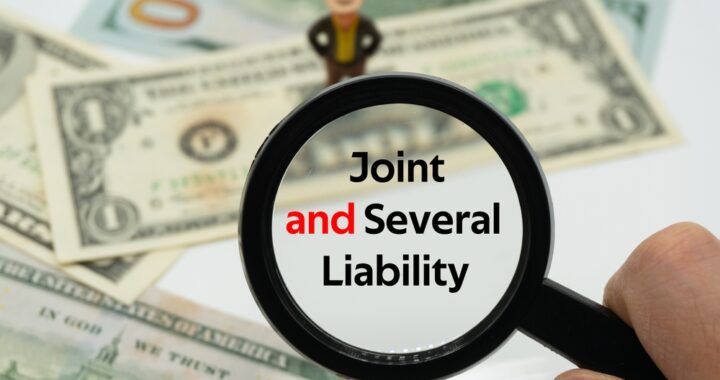When a payment or performance bond is issued on behalf of its bond-principal, the surety is jointly and severally liable with its bond-principal. This means the surety has several liability under the bond, i.e., you don’t need to pursue the principal of the bond to pursue liability under the bond, which is a separate written intrument. Thus, if you are claiming damages of $500,000, by way of example, you can sue both the principal and surety under the bond, you can ONLY sue the principal under the bond (which is rarely practical), or you can ONLY sue the surety under the bond (which, oftentimes, is very practical). In many instances where I am pursuing a bond claim on behalf of a client, particularly a payment bond claim, I only sue the surety and do not sue the bond-principal unless there are certain strategic reasons in doing so. This is because of the surety’s several liability under the bond and there may be solvency issues with the principal or contractual reasons that, strategically, make much more sense to exclude the principal from the action.
In MJM Electric, Inc. v. National Union Fire Ins. Co. of Pittsburgh, PA, 2023 WL 2163087 (M.D.Fla. 2023), an electrical subcontractor was hired to perform electrical work by the prime contractor. The prime contractor had a payment bond. The project was delayed for two years. The electrical subcontractor claimed the prime contractor failed to compensate it for significant delays and out of scope work.
The electrical subcontractor sued the prime contractor’s payment bond surety ONLY for amounts it incurred in the performance of the subcontract. The surety moved to require the subcontractor to join the prime contractor into the lawsuit as an indispensable party.
The purpose of this posting is not to go into the federal procedural analysis to determine an indispensable party. The point is to establish that such a position in many instances makes minimal sense when considering that the surety is severally liable, the prime contractor can always intervene into the lawsuit, and the surety can always pursue the prime contractor for indemnity under the general agreement of indemnity between the surety and bond-principal. In denying the surety’s motion, the Middle District of Florida expressed:
Though [electrical subcontractor] may have claims against [prime contractor] under its contract, those claims are separate from the claims under the bond against [surety] and any judgment against [surety] under the separate terms of the bond contract would not affect those claims. Likewise, [surety] may seek indemnification or any other claim it may have against [prime contractor], but failure to join [prime contractor] here does not prevent full relief for [electrical subcontractor] under the bond nor does it expose [surety] to duplicate or inconsistent liability. Of course, any judgment in this action would not bind [prime contractor] and so would not affects its rights.
Please contact David Adelstein at dadelstein@gmail.com or (954) 361-4720 if you have questions or would like more information regarding this article. You can follow David Adelstein on Twitter @DavidAdelstein1.


 The recent opinion from the Second District Court of Appeal in Hayward Baker, Inc. v. Westfield Ins. Co., 2020 WL 7767859 (2nd DCA 2020) demonstrates that the
The recent opinion from the Second District Court of Appeal in Hayward Baker, Inc. v. Westfield Ins. Co., 2020 WL 7767859 (2nd DCA 2020) demonstrates that the  Maguire-O’Hara Construction, Inc. v. Cool Roofing Systems, Inc., 2020 WL 6532852 (W.D. Oklahoma 2020) is an interesting case dealing with suretyship law and the subject of whether a Miller Act payment bond surety is bound by a default or default judgment against its prime contractor (bond principal).
Maguire-O’Hara Construction, Inc. v. Cool Roofing Systems, Inc., 2020 WL 6532852 (W.D. Oklahoma 2020) is an interesting case dealing with suretyship law and the subject of whether a Miller Act payment bond surety is bound by a default or default judgment against its prime contractor (bond principal). Here is an interesting case
Here is an interesting case  If you are a subcontractor or supplier working on a private construction project, you always want to pull up the Notice of Commencement from the public records to see if there is a
If you are a subcontractor or supplier working on a private construction project, you always want to pull up the Notice of Commencement from the public records to see if there is a 
